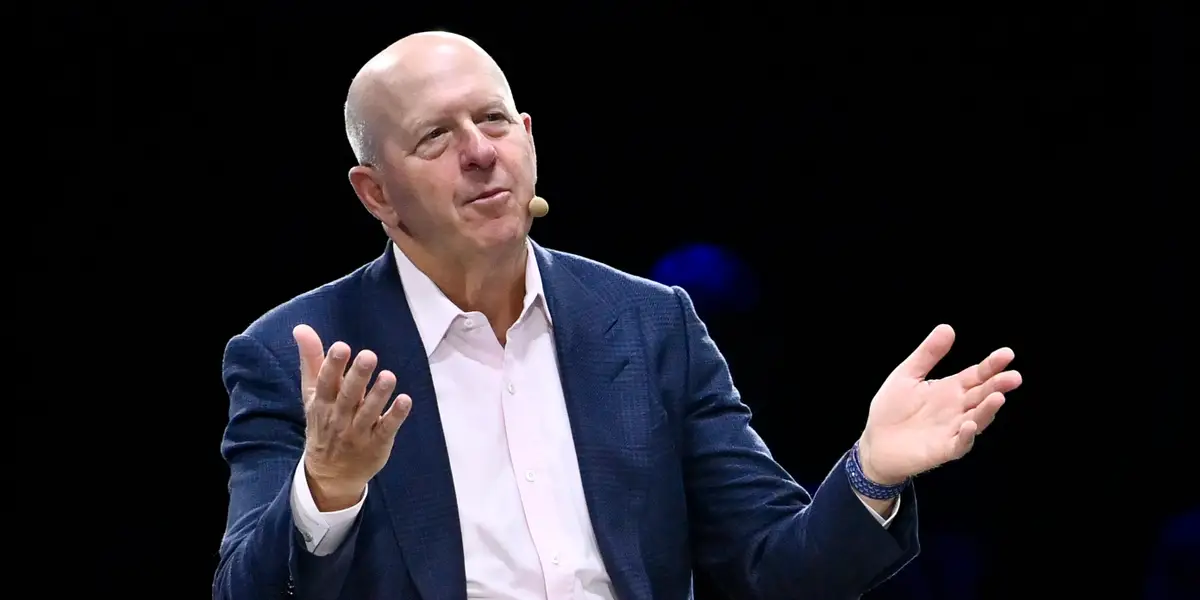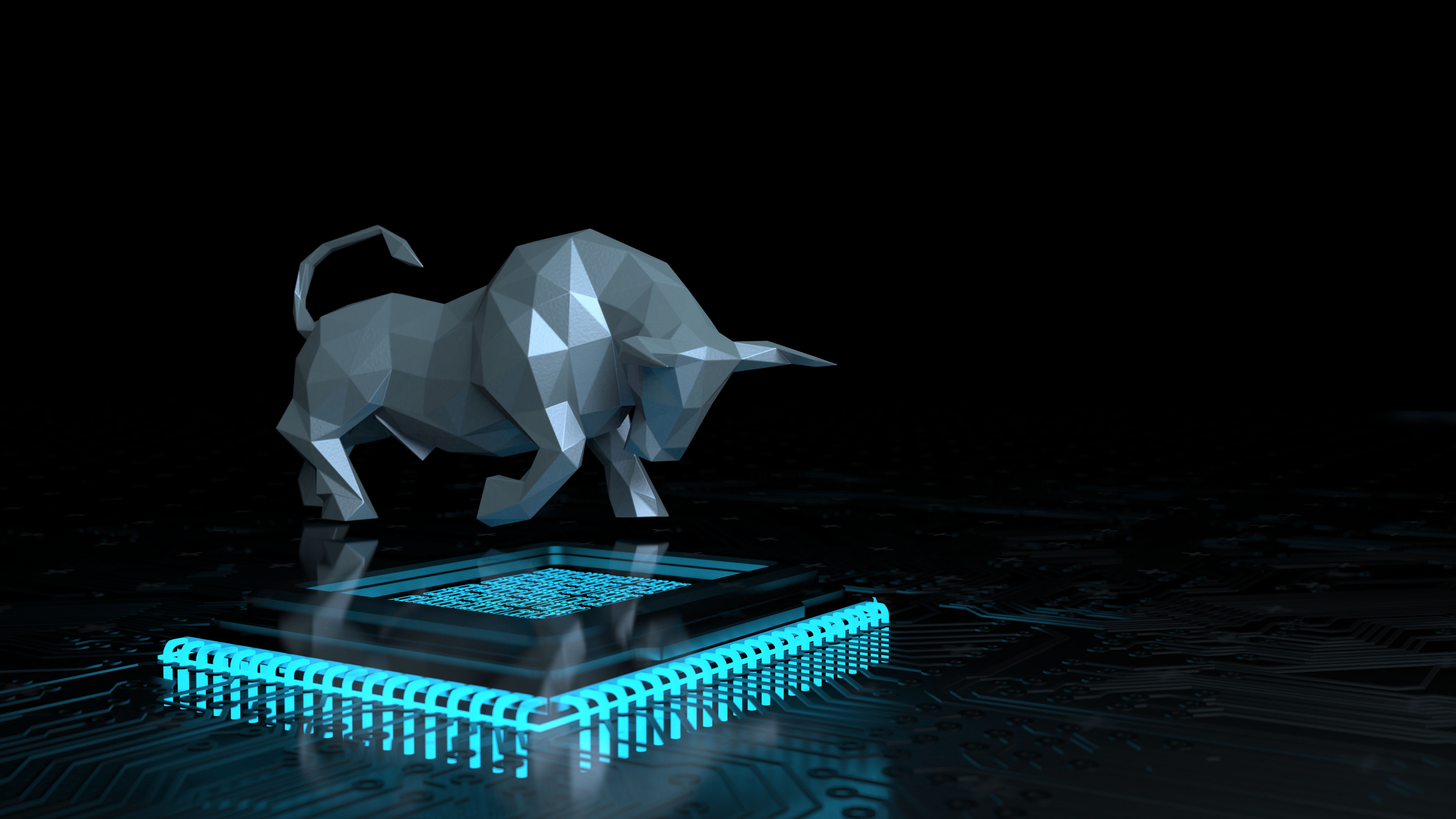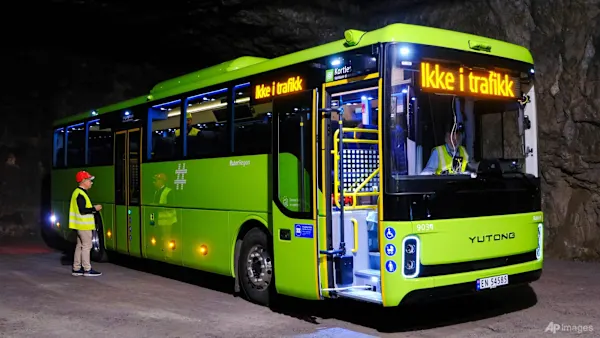Copyright Forbes

After a year of unusual stability, cracks are appearing in the U.S. labor market. Unemployment, which hovered near a 50-year low in 2023, is slowly rising. A prolonged government shutdown threatens lasting cuts, while private companies are shedding tens of thousands of jobs as they chase AI-driven efficiency. For new college graduates, opportunities are narrowing. Is artificial intelligence accelerating labor displacement or becoming a tool to sustain a resilient economy? This article argues that the answer depends not only on AI itself, but on whether companies choose a human-centered AI approach that augments human capabilities rather than simply replaces them. When announcing a corporate workforce restructuring with the reduction of 14,000 positions, Beth Galetti, senior vice president of people experience and technology at Amazon, highlighted in her employee message that “This generation of AI is the most transformative technology we’ve seen since the Internet, and it’s enabling companies to innovate much faster than ever before.” Jensen Huang, CEO of Nvidia, speaking at the 2025 Milken Institute global conference, said, “You’re not going to lose your job to an AI, but you’re going to lose your job to someone who uses AI.” This is happening as enterprise adoption is just beginning. According to the strategy consulting firm McKinsey, 92% of companies plan to increase AI investment, yet only 1% have fully integrated it into their operations. Human-Centered AI and the Lessons from Past Technology Revolutions “During the last 200 years, economic growth has been surprisingly stable,” stated Kerstin Enflo, professor in economic history at Lund University, during the 2025 economics Nobel Prize presentation. In the United States and the United Kingdom, GDP per capita doubled with each generation and grew 20 times over the last two centuries. One thing was constant during this period: technology innovation, with successive waves of technology displacing the old. However, technological change predates this period, and the take-off took place after the Enlightenment with the confluence of three factors: useful knowledge (understanding how to use a new technology and the mastery of the science behind it), mechanical competence to put the science into economic use and the fact that this was happening in societies open to change. AI is the latest in this long series of technology-driven growth. Its consequences for productivity, jobs and inequality will depend on the choices made by business leaders and policymakers, not the technology alone, reminded us the 2024 economic Nobel Prize winner and MIT professor, Daren Acemoglu, in a recent podcast interview. What happens to the labor market and the future of work hinges on whether AI is used primarily for automation or for expanding human capabilities. There is also an element of timing for how quickly AI will generate the productivity gains and be integrated into today’s complex economy. Over the last 75 years, during the information age, businesses absorbed wave after wave of new technology, from mainframe computers to the Internet. This followed a pattern with hype and excitement followed by deflated expectations and, eventually, mainstream diffusion when economic benefits materialize. The new technology needs to be integrated into existing business processes or used to create new ones. MORE FOR YOU Human-Centered AI Depends on Policy, Timing and Leadership Choices Historically, this lag, at the individual business level and across the economy at large, allowed societies to create the necessary safety nets to address labor dislocation and minimize the effects of wealth concentration. As an example, the U.S. reforms of the early 20th century introduced child labor laws, antitrust policies and established the income tax system to address industrial inequality. The accelerated take-off of generative AI adoption and its potential to affect white- and blue-collar roles make it feel different this time. Previous analyses have highlighted diverging views in American society on how to address this moment from a policy perspective. Some of the more accelerationist leaders in the tech industry position this change as a race for economic and geopolitical supremacy and lobby for a supporting industrial policy and deregulation. Civil society has called for caution, a focus on public interest and responsible AI. At the individual company level, AI is reshaping the way companies organize work and manage talent. AI itself is evolving. Generative AI has already changed the way we ask and answer questions and can now be set up to act on its own to reach specific goals. The emergence of AI agents and the increasing complexity of the tasks they can handle will change the nature of organizations. We have moved beyond automation and can have AI agents operating in concert with humans embedded into workflows. This needs to be supported by a redesigned operating model, governance structure and talent architecture in what McKinsey calls an agentic organization. Building Human-Centered AI Organizations As organizations adapt and work gets redesigned, the very nature of jobs is shifting. At the most basic level, jobs are collections of tasks that require specific skills to drive an outcome. Job descriptions are being rewritten as the processes get reinvented. As more tasks are automated, organizations can redirect human talent to different roles. Companies that master the cycle will grow and create demand for talent, both human and AI-augmented talent. Those who focus only on automation as a vehicle for efficiency may improve the short-term bottom line but will struggle to sustain growth. To be clear, investing in human-centered AI is often slower and more expensive upfront than pure automation, which is why many companies still default to cost-cutting rather than capability-building. In such a dynamic environment, where jobs evolve rapidly, continuous learning is essential. Business leaders should create the conditions and the culture for this type of learning. Employees should recognize that investing in personal development is essential while embracing and problem-solving with the new technology. AI transforms organizations and amplifies organizational culture, which is implemented via workplace rituals and performance metrics. Winning organizations will embrace AI not as a replacement for their human talent but as a tool for talent augmentation. They will measure and incentivize new skills development and create skills-based reward systems. One best practice is linking base pay increases to skills development (a forward-looking metric) with incentive payments based on performance (backward-looking). There’s growing concern that AI could accelerate deskilling. The steps previously discussed can help mitigate that. While AI can help automate rote tasks, its application within a specific context is what will create differentiation and sustain competitive advantage. Domain and deep industry expertise and experience will help control for current technology limitations (such as hallucinations) and increase trust. Maintaining humans in the loop can create a virtuous cycle: trust drives more adoption, increases productivity, unleashing growth, which will require more human talent. Keeping People At The Core Of AI Adoption Younger generations and recent graduates are entering a job market being transformed by AI, even as some companies argue they no longer need to hire entry-level roles. Despite the signs of slowdown in the job market, not all companies are embracing this approach. Matt Garman, CEO of Amazon Web Services, called the idea of replacing junior staff "one of the dumbest things I've ever heard.” New college graduates are typically less expensive and bring new skills and native familiarity with AI. Moreover, they are the ones who will be leading the company 10 years from now. Speaking to CNN, Arvind Krishna, CEO of IBM, said that he expects “that we are probably going to hire more people out of college over the next twelve months than we have in the past few years.” AI is not simply a tool of efficiency. It will not magically transform an organization but will amplify existing organizational cultures. It can act as a catalyst, reshaping how companies organize, develop talent and design the future. Keeping humans at the center will determine whether AI becomes a source of lasting growth or widening displacement. To act on this, companies should: Use AI to redesign workflows, not just cut headcount. Link base-pay increases to verifiable skill acquisition, including proficiency in AI tools usage and domain expertise. Keep humans in the loop to ensure trust. As Acemoglu reminds us, AI’s impact is not predetermined. Its consequences will hinge on the choices leaders and policymakers make and whether they prioritize automation alone or invest in technologies and institutions that enhance and augment human capabilities. The future of work will be shaped not only by AI, but by whether leaders deploy human-centered AI that expands human potential rather than replacing it.



